Home>Articles>What Is A Normal Reading On A Carbon Monoxide Detector
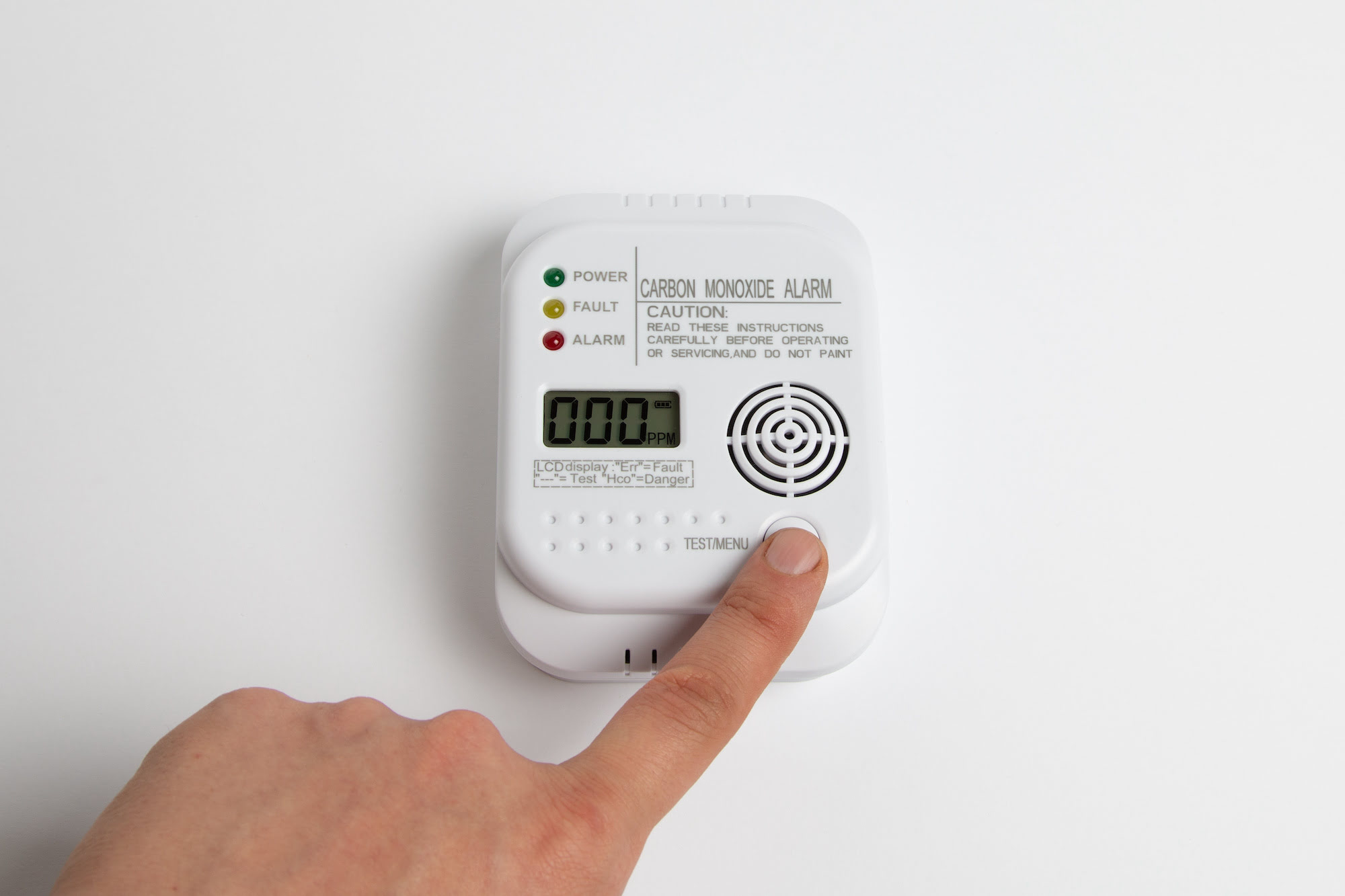

Articles
What Is A Normal Reading On A Carbon Monoxide Detector
Modified: February 24, 2024
Learn about normal readings on a carbon monoxide detector and how they can protect your home and family. Find informative articles on carbon monoxide safety and prevention.
(Many of the links in this article redirect to a specific reviewed product. Your purchase of these products through affiliate links helps to generate commission for Storables.com, at no extra cost. Learn more)
Introduction
Welcome to the world of carbon monoxide detectors, where safety reigns supreme! If you’re here, chances are you’re interested in understanding what a normal reading on a carbon monoxide detector means. Don’t worry, you’ve come to the right place.
Carbon monoxide (CO) is a colorless, odorless, and tasteless gas that can be deadly if not detected in time. It is produced by the incomplete combustion of fossil fuels such as gas, oil, and coal. Common sources of carbon monoxide in homes include furnaces, water heaters, stoves, and vehicles.
Because it is an invisible threat, carbon monoxide can silently seep into your living spaces, posing a serious risk to your health and well-being. That’s where carbon monoxide detectors come in. These life-saving devices are designed to monitor the levels of carbon monoxide in the air and alert you when they reach dangerous levels.
Understanding how carbon monoxide detectors work and interpreting their readings is crucial for ensuring the safety of you and your loved ones. So, let’s delve into the world of carbon monoxide detectors and discover what a normal reading entails.
Key Takeaways:
- Understanding what is considered a normal reading on a carbon monoxide detector is crucial for ensuring the safety of your home. Any level of carbon monoxide above the natural background level should be taken seriously.
- Reacting swiftly to abnormal readings on your carbon monoxide detector is essential. Evacuate the premises, seek professional help, and address the source of the carbon monoxide to protect yourself and your loved ones.
Read more: What Is The Best Carbon Monoxide Detector
Understanding Carbon Monoxide and its Dangers
Before we dive into the specifics of carbon monoxide detectors, it’s important to have a solid understanding of carbon monoxide itself and the potential dangers it poses.
As mentioned earlier, carbon monoxide is a colorless, odorless gas that is produced by the incomplete combustion of fossil fuels. When inhaled, it binds to the hemoglobin in our blood, reducing its ability to carry oxygen to vital organs and tissues. This can lead to carbon monoxide poisoning, which can be fatal if not detected and treated promptly.
The symptoms of carbon monoxide poisoning are often described as flu-like, including headache, dizziness, nausea, vomiting, chest pain, and confusion. Unfortunately, these symptoms can be easily mistaken for other illnesses, which is why carbon monoxide is often referred to as the “silent killer.”
Carbon monoxide can build up in enclosed spaces without proper ventilation, such as homes, garages, and even tents. It can come from a variety of sources, including faulty appliances, blocked chimney flues, and car exhaust fumes. It’s important to note that carbon monoxide can affect anyone, regardless of age or overall health.
To protect yourself and your family from the dangers of carbon monoxide, it’s crucial to have working carbon monoxide detectors installed in your home. These devices act as your early warning system, alerting you to high levels of carbon monoxide before it reaches life-threatening concentrations.
Now that we have a better understanding of carbon monoxide and its dangers, let’s move on to exploring the importance of carbon monoxide detectors.
The Importance of Carbon Monoxide Detectors
Carbon monoxide detectors are not just another household gadget; they are lifesavers. These small devices play a critical role in ensuring the safety of you and your loved ones by monitoring the levels of carbon monoxide in the air. Here are some key reasons why carbon monoxide detectors are so important:
- Early detection: Carbon monoxide detectors are designed to detect the presence of carbon monoxide in the air, even at low concentrations. By detecting the gas early on, they provide you with valuable time to take action and prevent a potentially life-threatening situation.
- 24/7 monitoring: Carbon monoxide can accumulate in your home at any time, day or night. Carbon monoxide detectors are always on duty, constantly monitoring the air for any signs of the gas. This ensures round-the-clock protection for you and your family.
- Peace of mind: By having carbon monoxide detectors installed in your home, you can have peace of mind knowing that you have an added layer of protection against the dangers of carbon monoxide. It’s comforting to know that a reliable device is constantly watching out for you and your family.
- Legal requirement: In many places, having carbon monoxide detectors installed in residential properties is a legal requirement. This is especially true for properties with fuel-burning appliances or attached garages. Compliance with these regulations ensures the safety of residents and can also prevent fines or legal repercussions.
- Early warning for other issues: Carbon monoxide detectors not only alert you to the presence of carbon monoxide but can also give you early warnings of other potential hazards. For example, if a fuel-burning appliance is malfunctioning, it may produce other harmful gases or pose a fire risk. The detection of these issues can prompt you to take necessary action promptly.
Considering the potential dangers of carbon monoxide, having carbon monoxide detectors installed in your home is not an option but a necessity. They provide you with the peace of mind and protection you and your family deserve, ensuring early detection and response to any carbon monoxide threats.
Now that we understand the importance of carbon monoxide detectors let’s dive deeper into how these devices work.
How Carbon Monoxide Detectors Work
Carbon monoxide detectors work based on different technologies, but the most common types are electrochemical sensors, biomimetic sensors, and metal oxide semiconductor sensors. Each type has its own mechanism of operation, but their ultimate goal is to detect the presence of carbon monoxide in the surrounding air. Here’s a brief overview of how these detectors work:
- Electrochemical Sensors: Electrochemical sensors are often found in high-quality carbon monoxide detectors. They contain electrodes and a chemical solution that reacts with carbon monoxide. When carbon monoxide comes into contact with the electrodes, a chemical reaction occurs, generating an electric current. This current is measured by the detector, triggering an alarm when it reaches a certain threshold.
- Biomimetic Sensors: Biomimetic sensors mimic the way certain organisms, such as fish or amphibians, react to carbon monoxide. These detectors contain a gel-like substance that changes its color or conductivity when exposed to carbon monoxide. The change in color or conductivity is detected by the device, which then triggers the alarm.
- Metal Oxide Semiconductor Sensors: Metal oxide semiconductor sensors utilize a thin film of tin oxide or similar material that has a high resistance to the passage of electricity. When carbon monoxide is present, it alters the electrical conductivity properties of the tin oxide, resulting in a decrease in resistance. This change in resistance is detected by the sensor, activating the alarm.
Regardless of the sensing technology used, carbon monoxide detectors rely on a specific threshold to determine when to sound the alarm. This threshold, usually measured in parts per million (ppm), represents the concentration of carbon monoxide in the air at which the detectors consider it to be hazardous.
It’s important to note that carbon monoxide detectors have a limited lifespan, typically around 5-7 years. Over time, the sensors may degrade, affecting their accuracy and reliability. Therefore, it’s crucial to regularly test and replace your carbon monoxide detectors according to the manufacturer’s instructions to ensure their effectiveness.
Now that we have a basic understanding of how carbon monoxide detectors work, let’s explore what is considered a normal reading on a carbon monoxide detector.
A normal reading on a carbon monoxide detector should be zero. If the detector shows any level above zero, it indicates the presence of carbon monoxide and immediate action should be taken to address the issue.
Factors Affecting Normal Carbon Monoxide Readings
When it comes to interpreting carbon monoxide readings on a detector, it’s important to understand that several factors can impact what is considered a normal reading. These factors include:
- Background levels: Carbon monoxide is found in the air we breathe, even in the absence of any specific source. Natural background levels of carbon monoxide typically range from 0.1 to 0.5 parts per million (ppm). Therefore, it’s normal for carbon monoxide detectors to register low readings within this range.
- Prolonged exposure: If you have been exposed to low levels of carbon monoxide over an extended period, such as in a poorly ventilated space or near a slow-burning fuel source, your body may acclimatize to these levels. Consequently, what may be considered a high reading for someone else may appear “normal” for you. However, it’s crucial to remember that any level of carbon monoxide above the natural background level should be taken seriously.
- Proximity to sources: The placement of the carbon monoxide detectors can also affect the readings. For example, if a detector is located near a fuel-burning appliance, it may register higher readings compared to detectors placed further away. Therefore, it’s essential to ensure that detectors are strategically placed throughout your home to provide comprehensive coverage.
- Maintenance and calibration: Like any electronic device, carbon monoxide detectors require regular maintenance and calibration to ensure their accuracy. Over time, dust, debris, or other contaminants can accumulate inside the detectors, affecting their performance. It’s essential to clean and test your detectors as per the manufacturer’s instructions to ensure reliable readings.
- Detector sensitivity: Carbon monoxide detectors are designed to have different sensitivity levels, with some being more sensitive than others. This can result in variations in the readings displayed by different detectors. It’s crucial to choose detectors that meet the relevant safety standards and provide accurate and reliable readings.
Considering these factors, it’s important to establish a baseline for what is considered normal for your specific environment. This can be done by monitoring and noting the usual readings displayed by your carbon monoxide detectors over a period of time. Any significant deviation from this baseline should be investigated further to ensure your safety.
Now that we have a better understanding of the factors that affect normal carbon monoxide readings, let’s explore what is generally considered a normal reading on a carbon monoxide detector.
What Is Considered a Normal Reading on a Carbon Monoxide Detector?
When it comes to carbon monoxide readings on a detector, it’s important to remember that any level of carbon monoxide above the natural background level should be taken seriously. While different carbon monoxide detectors may have varying “trigger” levels for their alarms, the following are generally considered normal readings:
- Readings below 9 parts per million (ppm): Carbon monoxide levels below 9 ppm are typically considered safe for most individuals. These low levels are often found in well-ventilated areas or areas not directly affected by fuel-burning appliances.
- Readings below 35 ppm: The Occupational Safety and Health Administration (OSHA) sets a permissible exposure limit (PEL) of 35 ppm for an average 8-hour workday. This means that exposure to carbon monoxide levels below 35 ppm is generally considered safe for extended periods.
- Spikes and peaks: It’s not unusual for carbon monoxide levels to momentarily spike above normal ranges due to specific activities or temporary factors. For example, if you accidentally leave a car running in an attached garage, the levels may increase significantly. However, once the source is removed, the readings should return to the normal range relatively quickly.
- Consistently high readings: Consistently elevated carbon monoxide readings, especially above 35 ppm, require immediate attention and investigation. This could indicate a malfunctioning appliance, improper ventilation, or another source of carbon monoxide in your home. In such cases, it’s crucial to address the issue promptly to protect your health and safety.
It’s important to remember that these are general guidelines and that specific circumstances and regulations may apply depending on your location. It’s always a good idea to consult the manufacturer’s instructions and local safety guidelines for more precise information on what is considered a normal reading for your carbon monoxide detector.
If you are unsure about the readings displayed on your carbon monoxide detector or suspect any issues, it’s essential to err on the side of caution. Evacuate the premises and contact your local fire department or a qualified professional to assess the situation and ensure your safety.
Now that we understand what is considered a normal reading, let’s explore what steps to take if your carbon monoxide detector shows an abnormal reading.
What to Do If Your Carbon Monoxide Detector Shows an Abnormal Reading
If your carbon monoxide detector shows an abnormal reading, it’s crucial to take immediate action to ensure the safety of yourself and your loved ones. Here are the steps to follow:
- React quickly: When your carbon monoxide detector sounds an alarm or displays a high reading, don’t ignore it or assume it’s a false alarm. Treat it as a serious emergency and take swift action.
- Open windows and doors: If it’s safe to do so, open windows and doors to ventilate the area. This helps to disperse any carbon monoxide present in the air and reduce its concentration.
- Evacuate the premises: Immediately evacuate everyone from the building, including pets. Move to a safe location outside and ensure everyone is accounted for.
- Call for help: Once you are outside, call your local emergency services or the relevant helpline for carbon monoxide emergencies. Inform them of the situation and follow their instructions. Do not re-enter the building until it has been determined to be safe.
- Seek medical attention if necessary: If anyone is experiencing symptoms of carbon monoxide poisoning, such as headache, dizziness, nausea, or confusion, seek medical attention immediately. Inform the medical professionals of the potential carbon monoxide exposure.
- Address the source of the carbon monoxide: Once it is safe to do so and with professional assistance, investigate and address the source of the carbon monoxide. This may involve checking fuel-burning appliances for proper operation, ensuring adequate ventilation, or repairing any malfunctioning equipment.
- Test and replace your carbon monoxide detectors: After the incident has been resolved, it’s important to test your carbon monoxide detectors to ensure they are functioning correctly. Replace any detectors that are expired, damaged, or not providing accurate readings. Regularly test and maintain your detectors according to the manufacturer’s instructions.
Remember, carbon monoxide is a silent and potentially deadly gas, so it’s essential to take every abnormal reading seriously. Never attempt to investigate or fix the source of the carbon monoxide yourself unless you are qualified to do so. Always rely on professionals to handle any repairs or adjustments to ensure your safety.
By following these guidelines and being proactive in addressing abnormal readings, you can help protect yourself and your loved ones from the dangers of carbon monoxide and maintain a safe living environment.
Now that we have discussed what to do in the event of an abnormal reading, let’s conclude our article.
Conclusion
In conclusion, understanding carbon monoxide and the importance of carbon monoxide detectors is crucial for ensuring the safety of your home and loved ones. These devices serve as early warning systems, alerting you to the presence of this silent and potentially lethal gas. By monitoring the levels of carbon monoxide in the air, carbon monoxide detectors provide you with valuable time to take action and prevent a dangerous situation.
Carbon monoxide is a colorless, odorless gas that can be produced by various sources such as fuel-burning appliances, blocked chimneys, and car exhaust fumes. It poses a serious threat to our health and well-being, as it interferes with the delivery of oxygen to vital organs. Symptoms of carbon monoxide poisoning can be subtle and easily mistaken for other illnesses, earning it the reputation of a “silent killer.”
Carbon monoxide detectors work using different technologies, including electrochemical sensors, biomimetic sensors, and metal oxide semiconductor sensors. These devices have specific thresholds for triggering alarms, with readings above the natural background level requiring immediate attention.
Factors such as background levels, prolonged exposure, proximity to sources, maintenance, and detector sensitivity can impact what is considered a normal carbon monoxide reading. It’s important to establish a baseline for your specific environment and be aware of any significant deviations from it.
If your carbon monoxide detector shows an abnormal reading or sounds an alarm, it’s crucial to react quickly and follow the proper protocols. This includes opening windows and doors for ventilation, evacuating the premises, calling for help, seeking medical attention if necessary, addressing the source of carbon monoxide, and testing and replacing your detectors as needed.
Remember, the safety of you and your loved ones should always be a top priority. Regularly maintain and test your carbon monoxide detectors, follow safety guidelines and regulations, and seek professional assistance when needed to ensure a safe and healthy living environment.
By taking these precautions and being proactive, you can protect yourself and your loved ones from the dangers of carbon monoxide and enjoy the peace of mind knowing that you have done everything possible to create a safe home environment.
Frequently Asked Questions about What Is A Normal Reading On A Carbon Monoxide Detector
Was this page helpful?
At Storables.com, we guarantee accurate and reliable information. Our content, validated by Expert Board Contributors, is crafted following stringent Editorial Policies. We're committed to providing you with well-researched, expert-backed insights for all your informational needs.
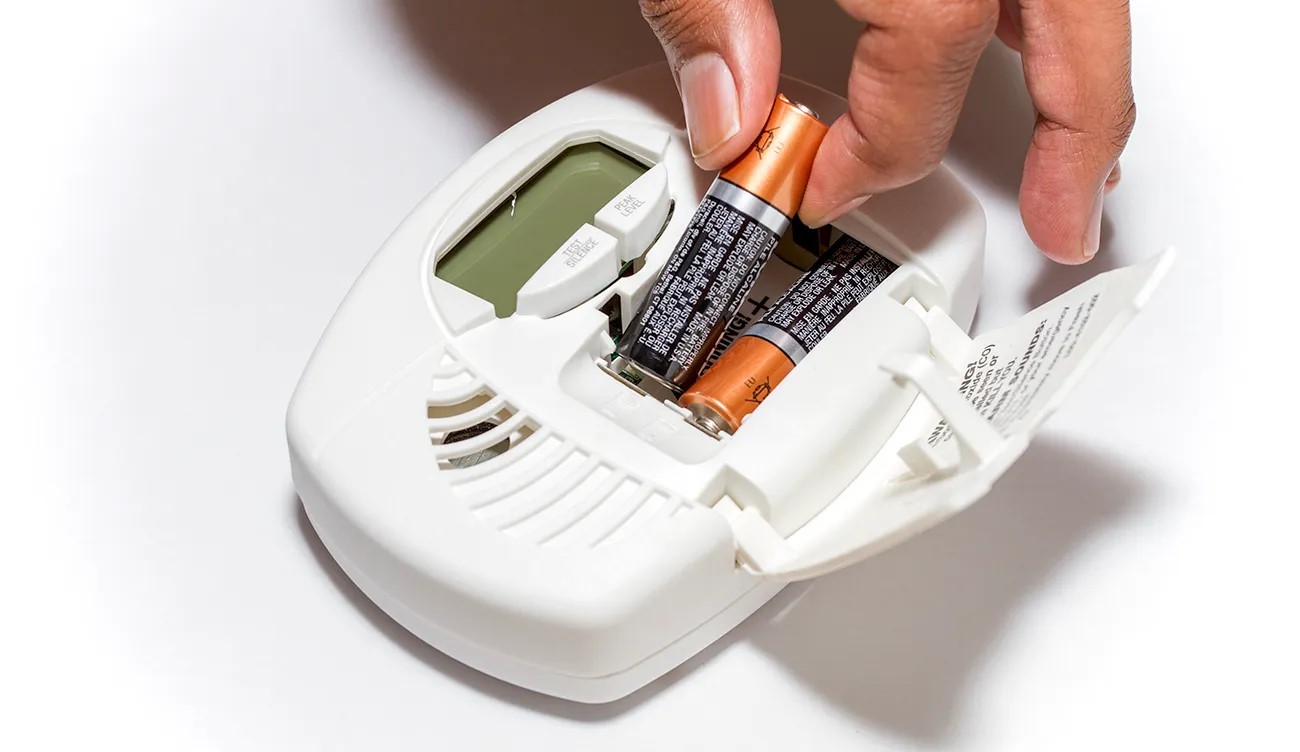
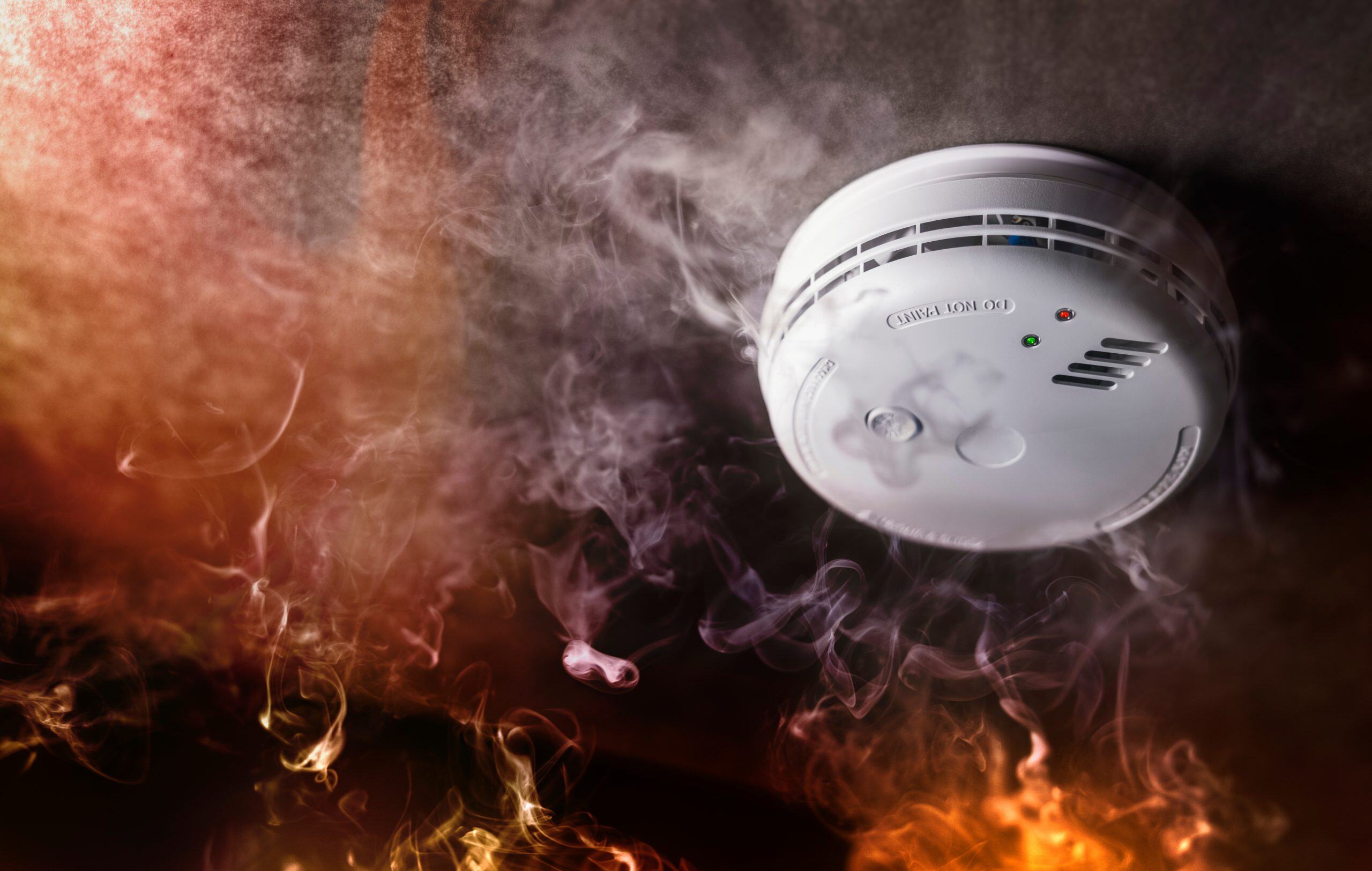
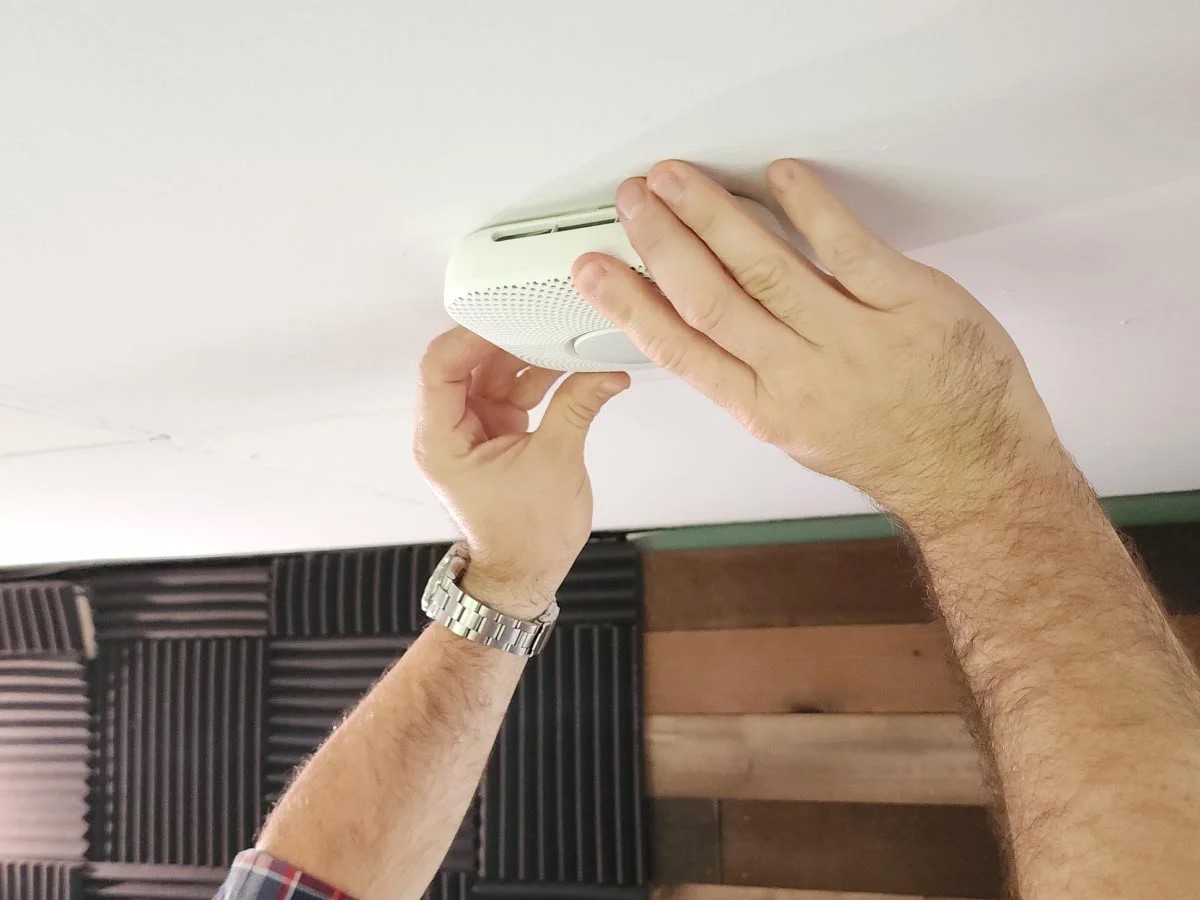
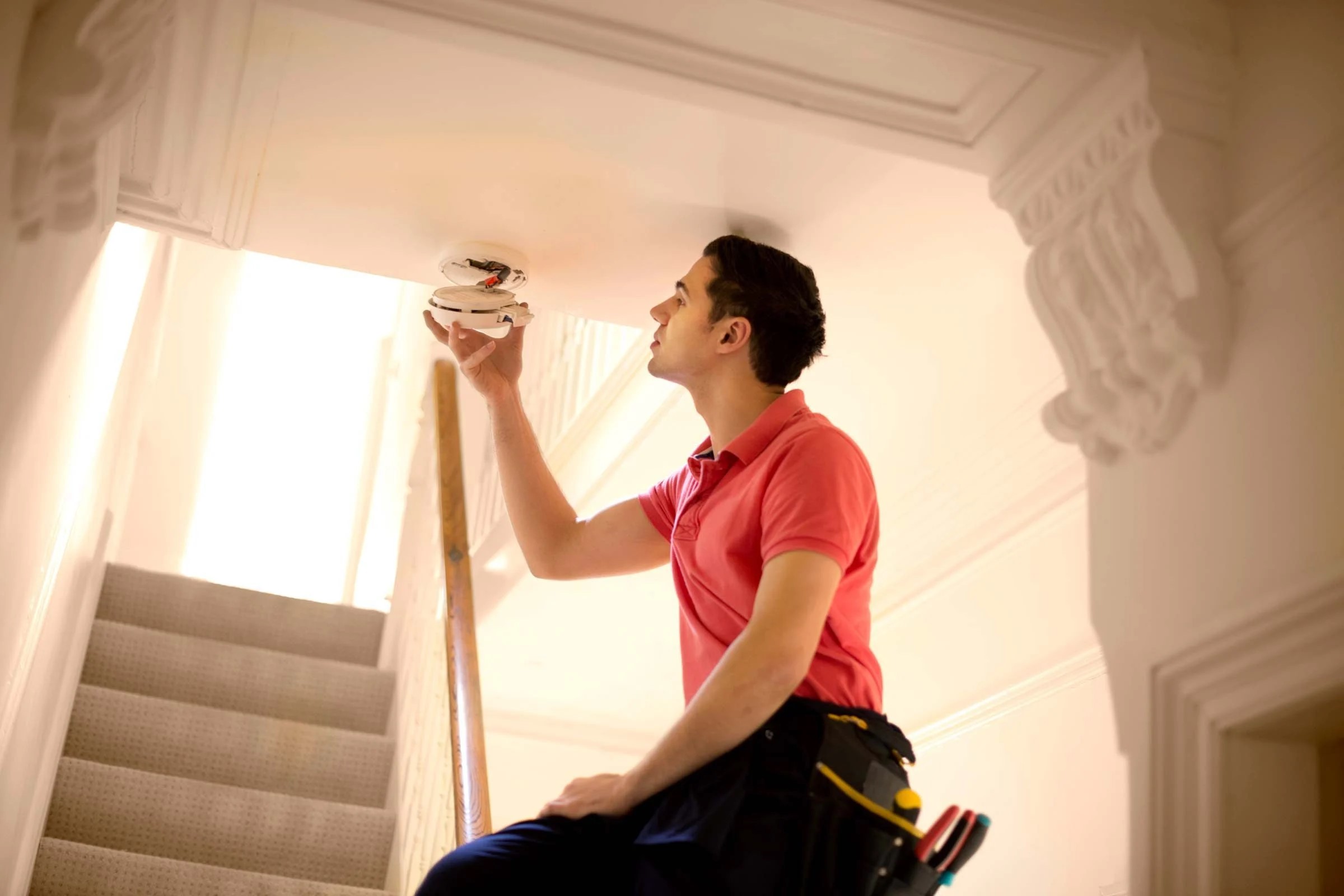
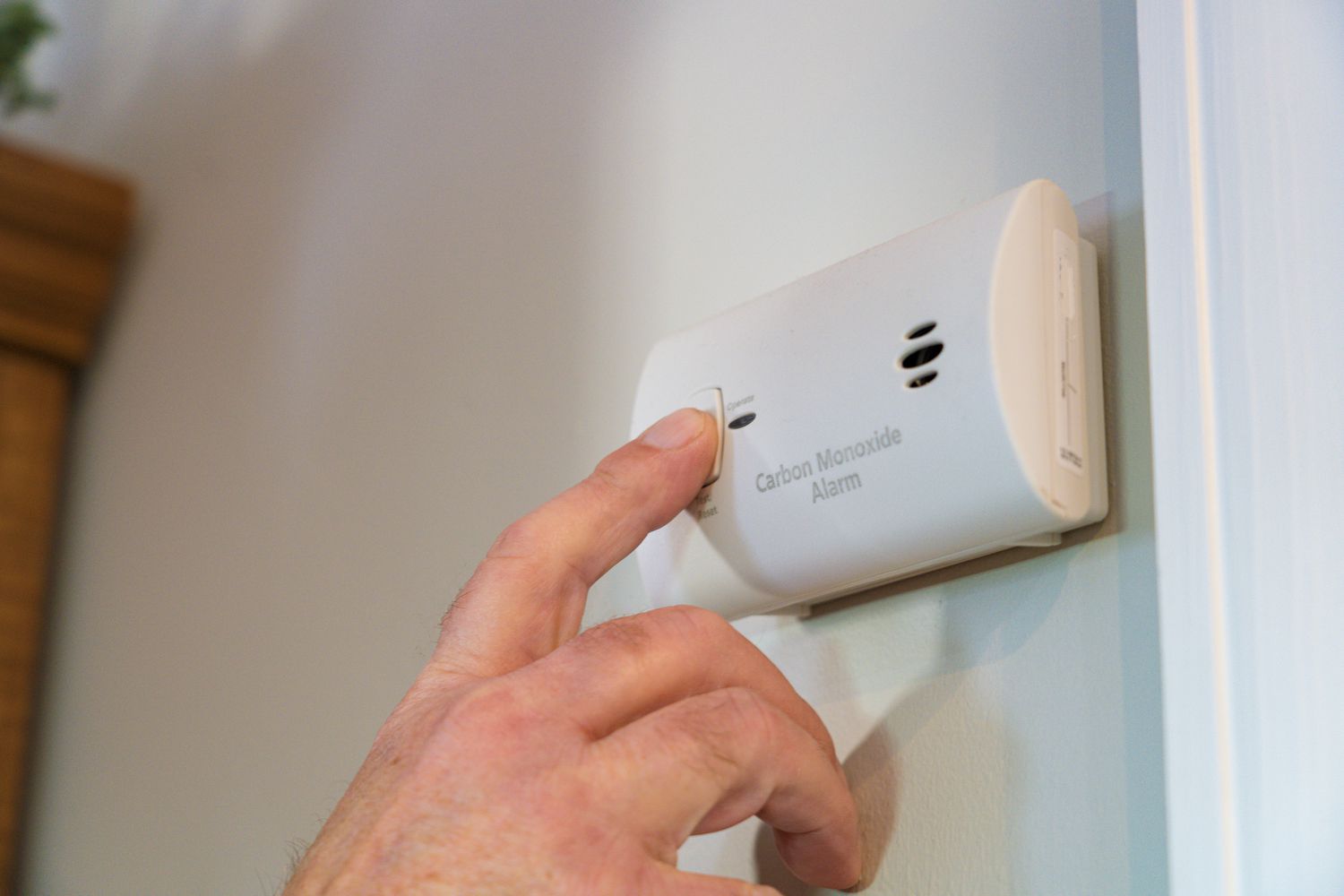
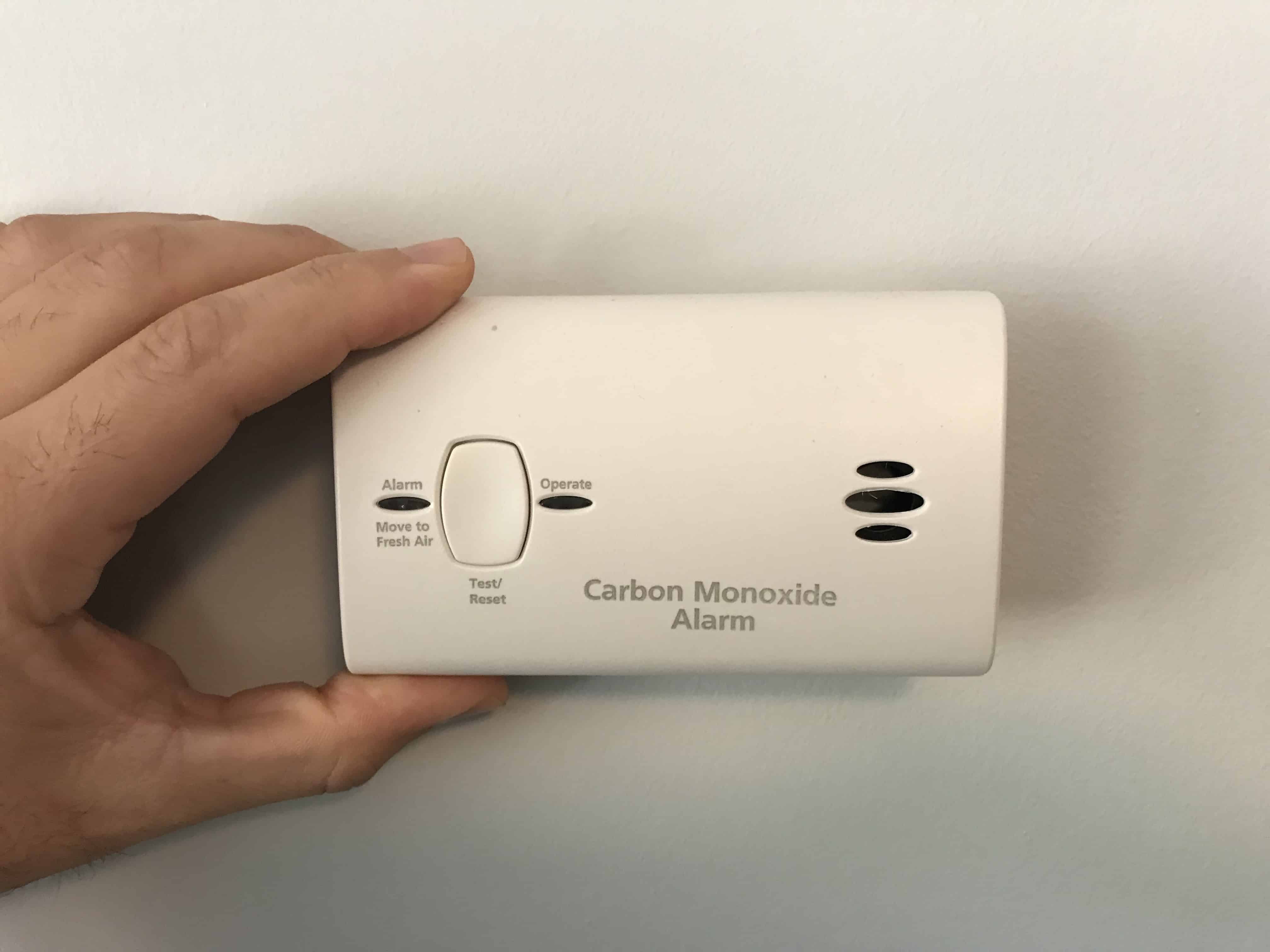
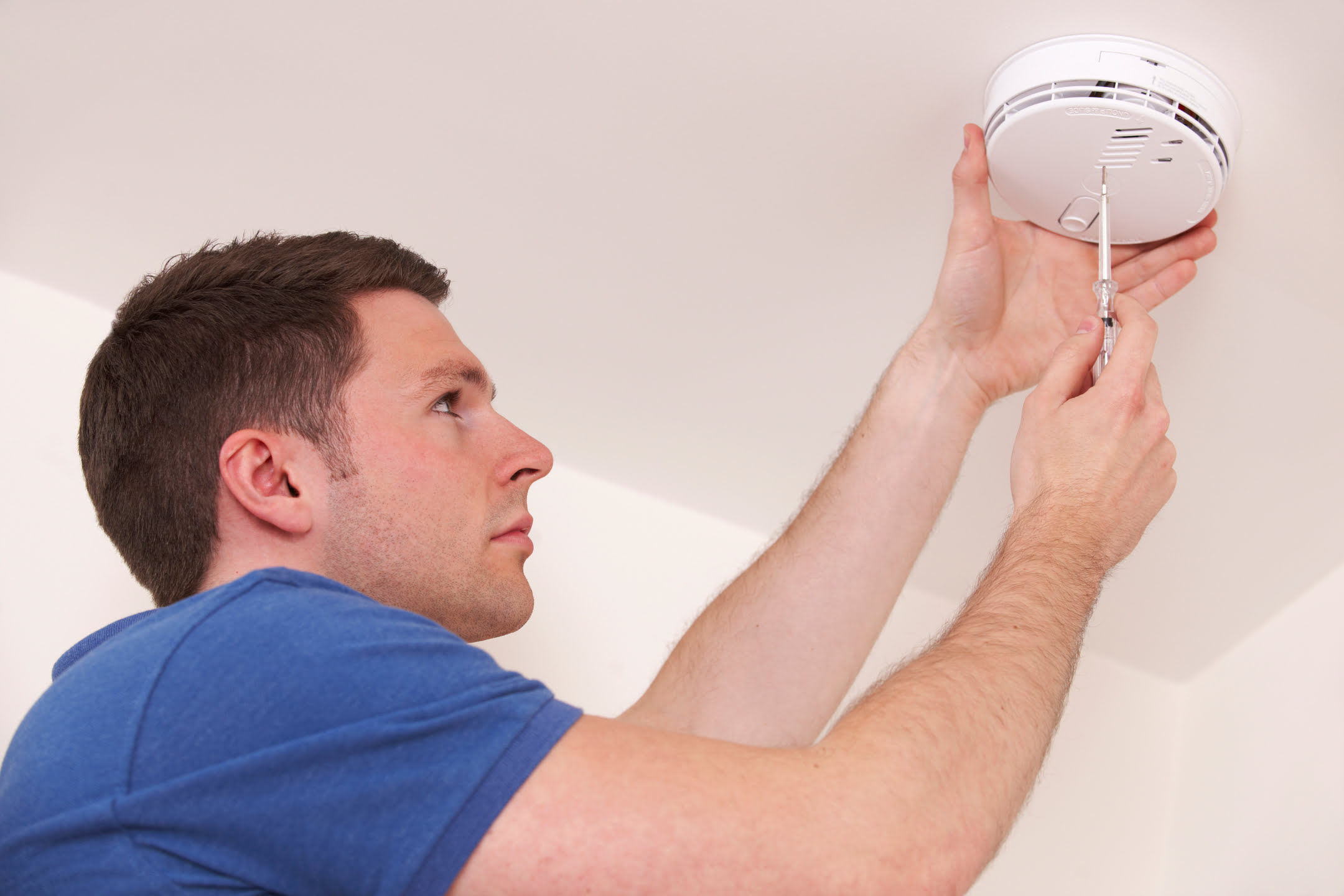
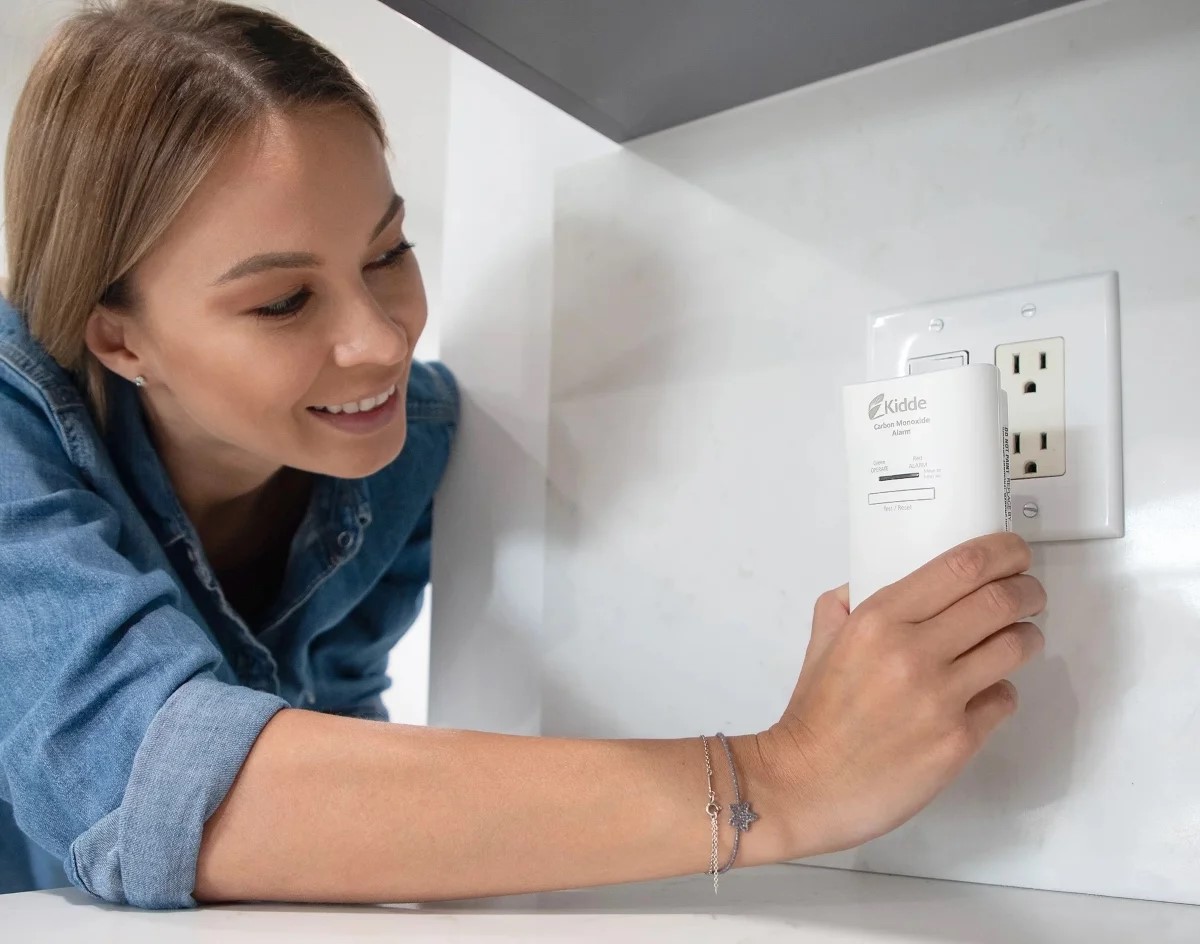
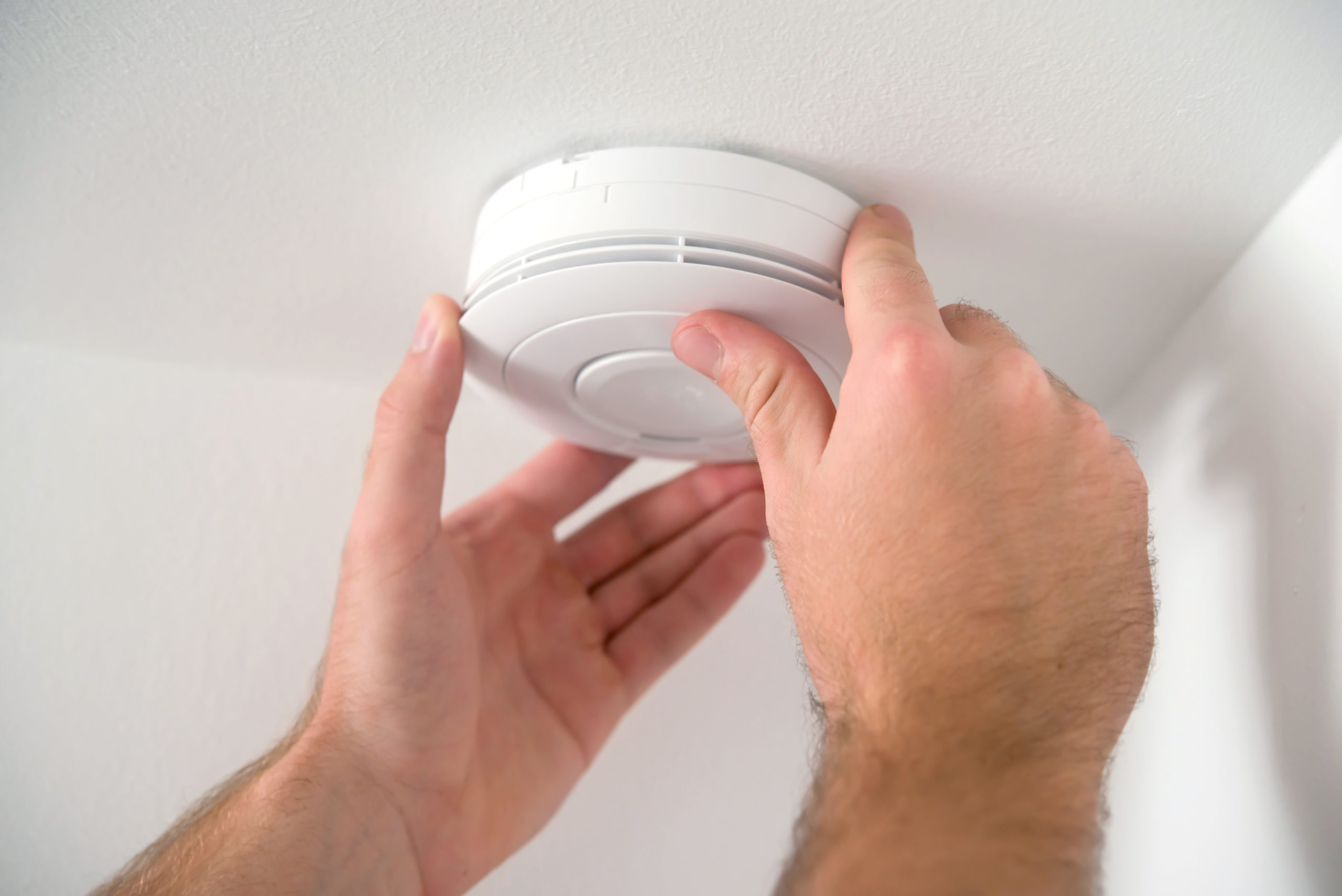
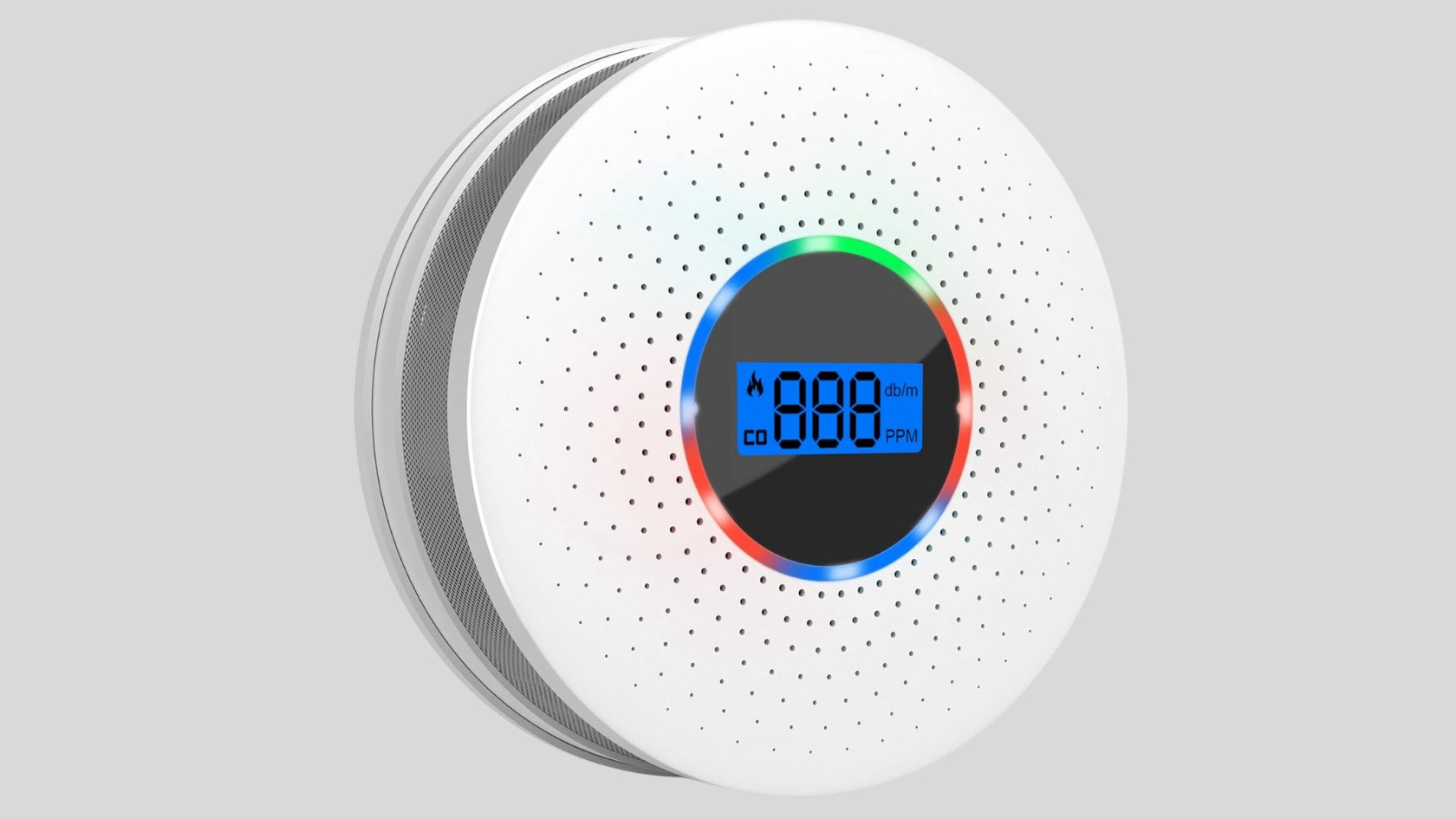
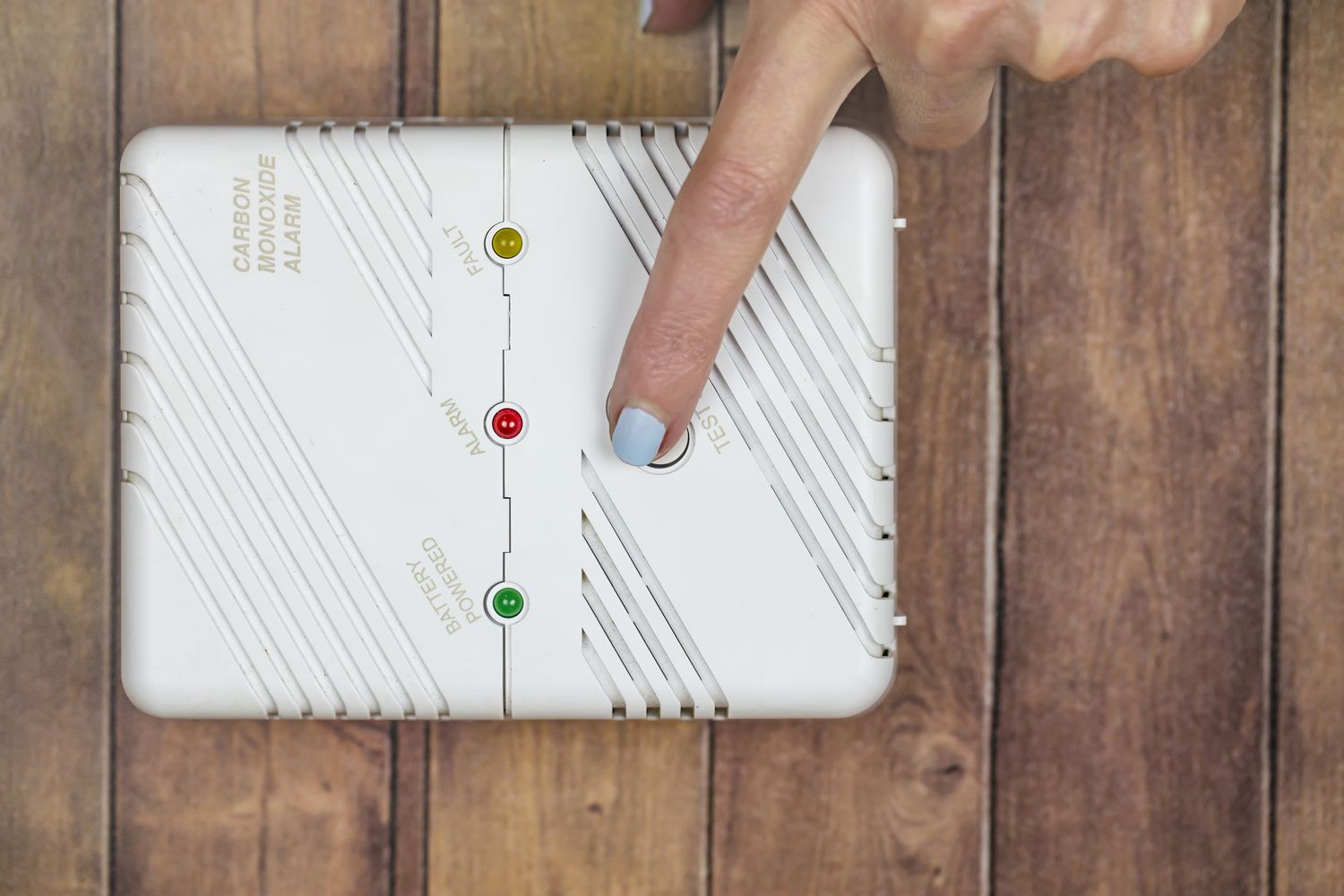
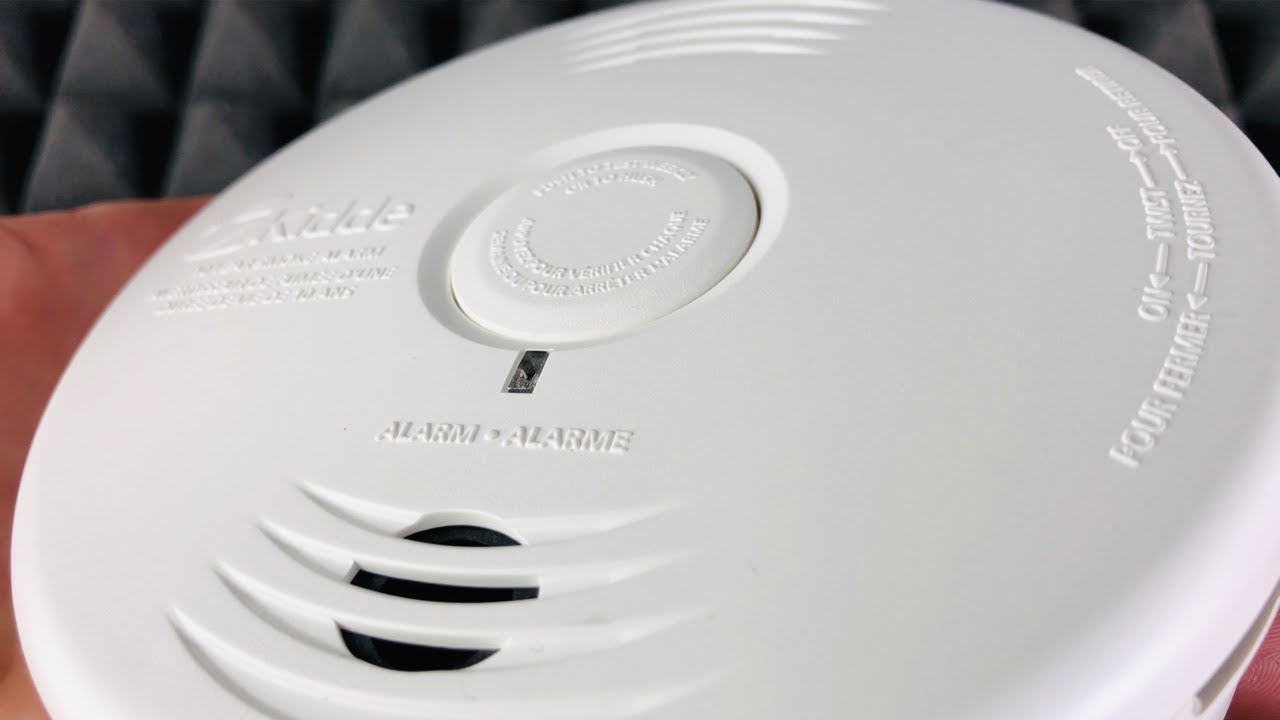
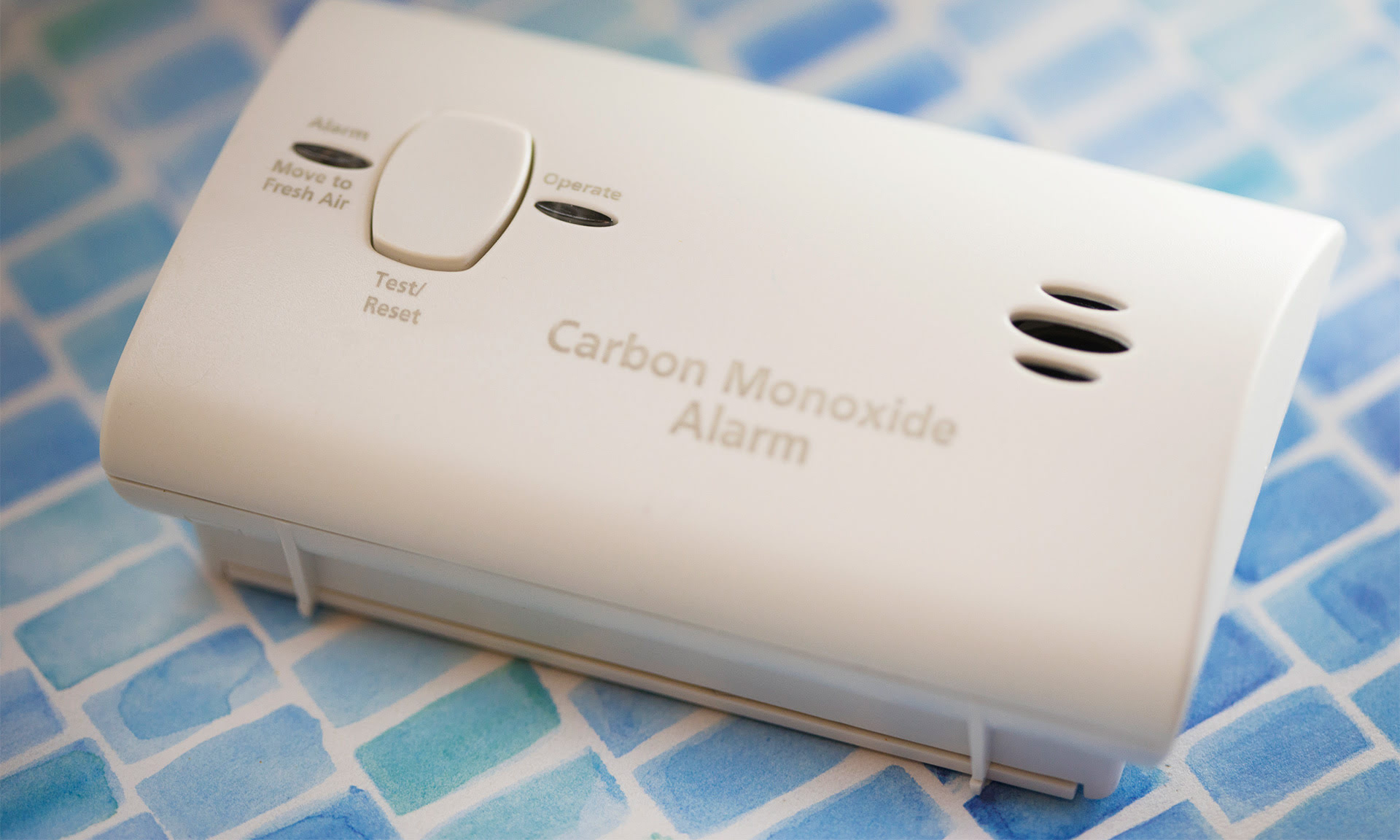
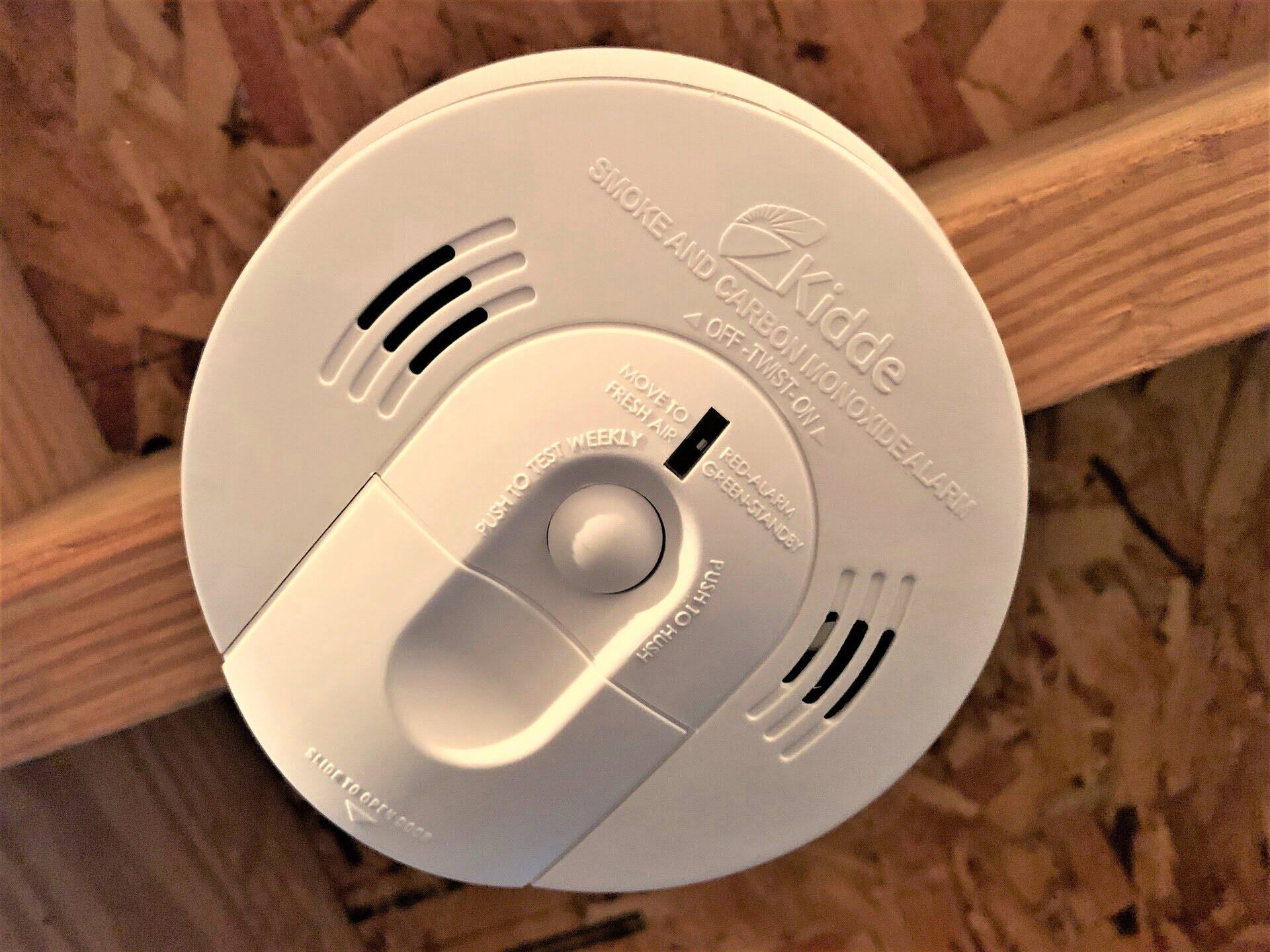

0 thoughts on “What Is A Normal Reading On A Carbon Monoxide Detector”